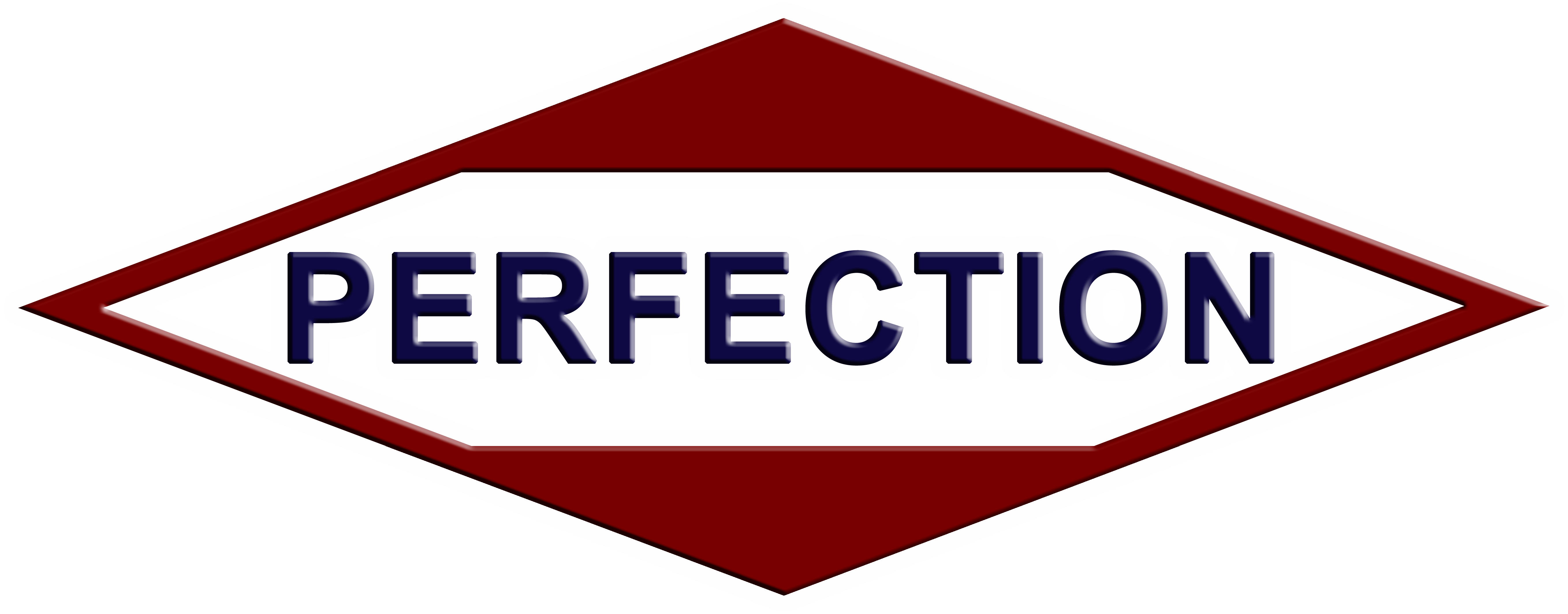Types of Elevators in India
Elevators have become an essential part of modern infrastructure in India, playing a critical role in both residential and commercial buildings. The choice of elevator often depends on the building type, usage, and specific needs. Elevators can be broadly categorized into two main types based on their basic working principle: Traction Elevators and Hydraulic Elevators.
Traction Elevators
Traction elevators are the most common type of elevators used in modern buildings. They operate using steel ropes; one end is attached to an electric motor located at the top of the elevator shaft, and the other end is attached to a balancing weight. The motor drives a pulley, which moves the elevator car up and down the shaft. Traction elevators are known for their smooth ride quality, high efficiency, and ability to travel at high speeds.
Hydraulic Elevator
Hydraulic elevators operate using a hydraulic system that utilizes fluid pressure to move the elevator car. A piston, located at the base of the elevator shaft, pushes the car upwards by pumping hydraulic fluid into a cylinder. When the elevator needs to descend, the fluid is released from the cylinder, allowing the car to lower under its weight. Hydraulic elevators are often used in low to mid-rise buildings where the travel distance is relatively short.
However, hydraulic elevators have certain restrictions and disadvantages compared to traction elevators. Due to these limitations, the hydraulic elevator market is smaller compared to traction elevators.
Machine Room-Less (MRL) Passenger Elevators
MRL elevators are becoming increasingly popular due to their space-saving design. They do not require a separate machine room, making them ideal for buildings with space constraints. MRL Passenger elevators are the most common type. They are used in residential buildings, offices, hotels, and shopping malls. These elevators come with different capacities and speeds, depending on the building’s height and usage frequency.
Key Features:
Varied capacities (4 to 30 passengers)
Different speeds (from 0.65 m/s to 3.5 m/s)
Smooth ride quality
Modern interior design options
Energy-efficient
Space-saving design
Machine Room Passenger Elevators
Machine room elevators requires a separate machine room, typically located above the elevator shaft, housing the motor and control equipment. Known for their smooth ride quality, high efficiency, and enhanced safety features, machine room passenger elevators are ideal for residential buildings, commercial towers, and luxury hotels. Their robust construction ensures long-lasting performance.
Freight Elevators
Freight elevators are specifically designed to carry heavy load. They are commonly used in warehouses, factories, and commercial establishments where the transport of goods is a priority.
Key Features:
High load capacity (up to 5,000 kg or more)
Robust technology
Safety features for handling heavy loads
Durable flooring and walls
Hospital Elevators
Hospital elevators are tailored for use in medical facilities. They are designed to accommodate stretchers, beds, medical equipment, and large groups of people, ensuring smooth and safe transportation within hospitals.
Key Features:
Spacious interiors
Smooth and quiet operation Safety features to handle emergency situations
Service Elevators
Service elevators, also known as utility or staff elevators, are designed for the transportation of staff, maintenance personnel, and housekeeping materials. These are usually found in hotels, hospitals, and large commercial buildings.
Key Features:
Moderate load capacity
Durable interiors to handle rough usage
Separate from passenger elevators to ensure privacy and efficiency
Capsule Elevators
Capsule elevators, also known as panoramic elevators, are designed with transparent glass panels, offering passengers a scenic view of their surroundings. These are typically found in luxury hotels, shopping malls, and high-end residential buildings.
Key Features:
Aesthetic appeal with glass walls
Smooth and quiet operation
Often used as a design feature
Customizable interiors
Hydraulic Elevators
Hydraulic elevators are commonly used in low to mid-rise buildings. They use a hydraulic piston to raise and lower the elevator car.
Key Features:
Suitable for buildings up to 6-8 floors
Smooth and quiet ride
Lower initial cost compared to traction elevators
Space-efficient as they do not require a machine room
Dumbwaiters
Dumbwaiters are small elevators used to transport food, laundry, and other small items between floors. They are commonly used in restaurants, hotels, and private homes.





Comments (5)
This website was… how do I say it? Relevant!! Finally I’ve found
something that helped me. Thank you!
We’re so glad you found our website helpful! 😊 Your feedback means a lot to us. If there’s anything else you’re looking for, feel free to ask. Thanks for visiting!
Generally I do not read post on blogs, however I
wish to say that this write-up very compelled me
to try and do it! Your writing taste has been surprised me.
Thanks, quite great post.
We’re truly honored by your kind words! 😊 It means a lot that our post could capture your interest. We’ll keep bringing more valuable content your way. Thanks for reading and sharing your thoughts!
This article is packed with useful information and was a great read.
The website is also a fantastic resource for learning.